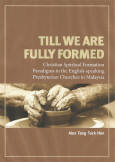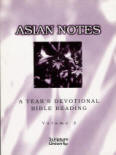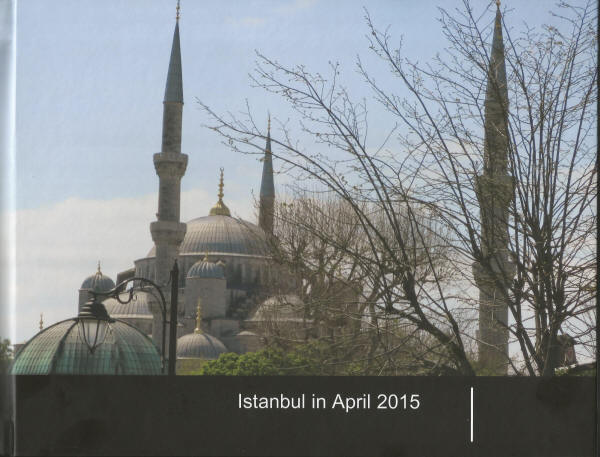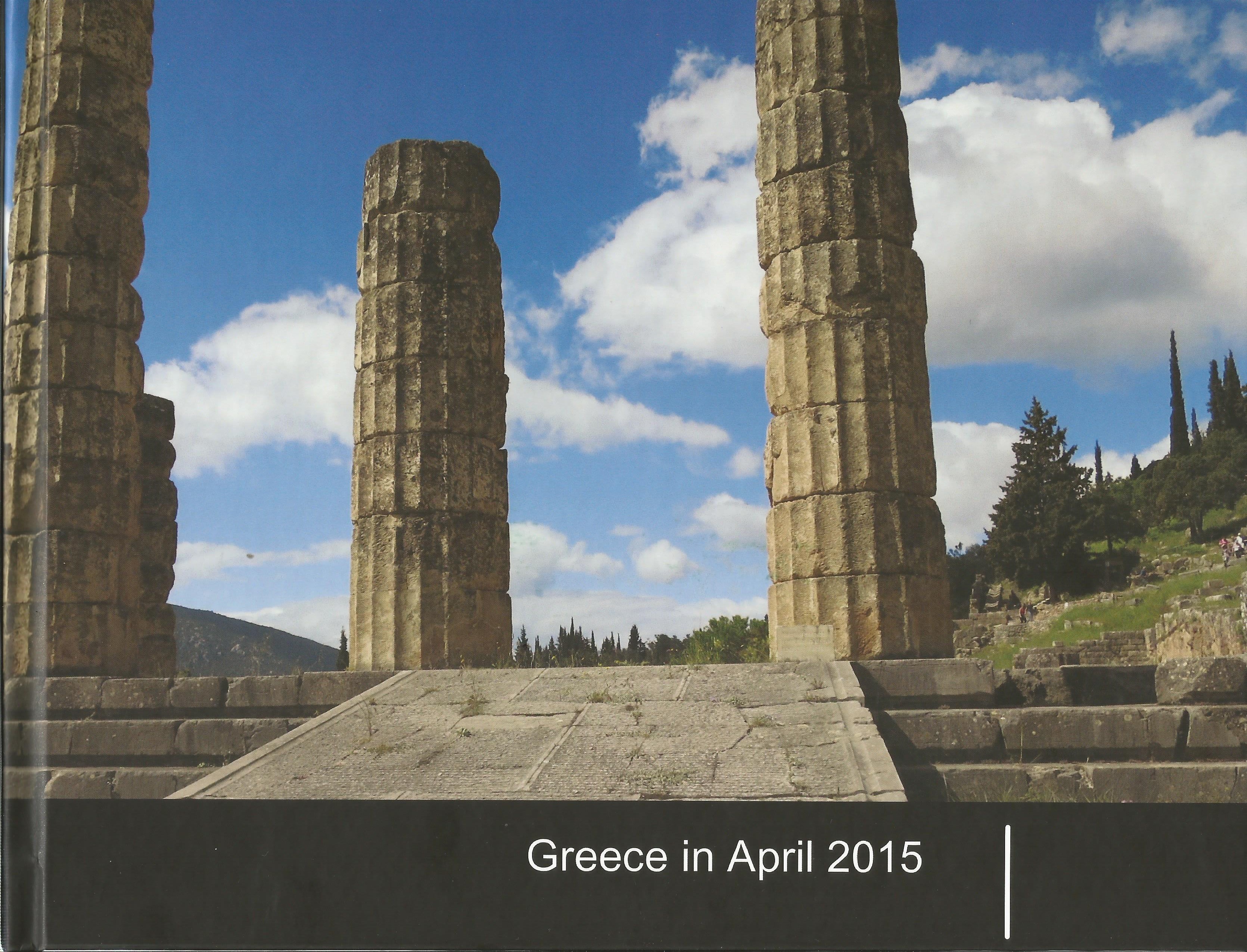Random Musings on Mode of Baptism

There are three mode of baptism which are,
(1) pouring or affusion
(2) sprinkling or aspersion
(3) immersion
There is similarity on pouring and sprinkling so I shall consider there together. The difference is the amount of water used.
One major passage to consider is John 3:22-26
22 After this, Jesus and his disciples went out into the Judean countryside, where he spent some time with them, and baptized. 23 Now John also was baptizing at Aenon near Salim, because there was plenty of water, and people were constantly coming to be baptized. 24 (This was before John was put in prison.) 25 An argument developed between some of John’s disciples and a certain Jew over the matter of ceremonial washing. 26 They came to John and said to him, “Rabbi, that man who was with you on the other side of the Jordan—the one you testified about—well, he is baptizing, and everyone is going to him.”
- If the mode of baptism is immersion, the Jordon river will be better than Aenon. Aenon is more an areas of shallow springs. The Jordon river will be deep enough for immersion.
- Why did John go to Aenon? Water is cleaner for ceremonial washing. Jordon muddy this time of the year[1]
- Baptism = ceremonial washing?
- Old Testament practices of ceremonial washings/purifications is by sprinkling
- John the Baptist preaches repentance. As a devout Jews, he would be thinking of ceremonial cleansing which is by sprinkling in his understanding of repentance.
OT ceremonial washings/purifications
Here are some biblical verses on Old Testament practices of ceremonial washings/purifications by sprinkling
Heb 9:10
10 They are only a matter of food and drink and various ceremonial washings—external regulations applying until the time of the new order.
Heb 9:13
13 The blood of goats and bulls and the ashes of a heifer sprinkled on those who are ceremonially unclean sanctify them so that they are outwardly clean.
Num 19:17-18
17 “For the unclean person, put some ashes from the burned purification offering into a jar and pour fresh water over them. 18 Then a man who is ceremonially clean is to take some hyssop, dip it in the water and sprinkle the tent and all the furnishings and the people who were there. He must also sprinkle anyone who has touched a human bone or a grave or someone who has been killed or someone who has died a natural death.
Heb 9:19
19 When Moses had proclaimed every commandment of the law to all the people, he took the blood of calves, together with water, scarlet wool and branches of hyssop, and sprinkled the scroll and all the people.
Exo 24: 6-8
6 Moses took half of the blood and put it in bowls, and the other half he sprinkled on the altar. 7 Then he took the Book of the Covenant and read it to the people. They responded, “We will do everything the LORD has said; we will obey.”
8 Moses then took the blood, sprinkled it on the people and said, “This is the blood of the covenant that the LORD has made with you in accordance with all these words.”
Heb 9: 21
21 In the same way, he sprinkled with the blood both the tabernacle and everything used in its ceremonies.
Lev 8:19
19 Then Moses slaughtered the ram and sprinkled the blood against the altar on all sides.
Lev 16:14
14 He is to take some of the bull’s blood and with his finger sprinkle it on the front of the atonement cover; then he shall sprinkle some of it with his finger seven times before the atonement cover.
Lev 14:6-7 – in the case of leprosy
Num 19:11-13 – defilement with a dead body
Lev 13:44 – defilement with leprosy
Ezekiel 36: 25-27
25 I will sprinkle clean water on you, and you will be clean; I will cleanse you from all your impurities and from all your idols. 26 I will give you a new heart and put a new spirit in you; I will remove from you your heart of stone and give you a heart of flesh. 27 And I will put my Spirit in you and move you to follow my decrees and be careful to keep my laws.
Some other considerations
Another area I looked at is some Bible passages which seem to indicate that Jesus and the eunuch were immersed. According to theologian Jay Adams, one of the problems is the ‘misleading use of prepositions’ is the Greek translation.
Mark 1:9-10
9 At that time Jesus came from Nazareth in Galilee and was baptized by John in the Jordan. 10 As Jesus was coming up out of the water, he saw heaven being torn open and the Spirit descending on him like a dove. (NIV)
Acts 8:38-39
38 And he gave orders to stop the chariot. Then both Philip and the eunuch went down into the water and Philip baptized him. 39 When they came up out of the water, the Spirit of the Lord suddenly took Philip away, and the eunuch did not see him again, but went on his way rejoicing (NIV).
The Greek words “into” and “out of ” the water gives the impression that Jesus and both Philip and the eunuch were immerged. Adams disagreed on the translation of the words eis and ek. While eis and ek is used as “into” and “out of,” it may also be used to mean “to” and “from” (p.41-42). And interesting comment that Adams made regarding Philip and the eunuch was the difficulty of finding a river deep enough to baptise immerged in the dry Negev desert (p.48). Therefore, Adams suggested that Jesus and the eunuch were baptised by sprinkling, not immersion. Another Reformed theologian Robert Harbach argued convincingly for sprinkling in The Biblical Mode of Baptism http://www.prca.org/pamphlets/pamphlet_8.html
Sprinkling, pouring or immersion
While I will whole heartedly defend the sacrament of baptism, I do not find myself worked up over the mode of baptism. I always believe that you may baptism a person while he or she is a frog, without a change of heart, the person remains unchanged. It is the work of the Holy Spirit on the inner person that makes baptism significant.
Endnotes:
a Some manuscripts and certain Jews
[1] Wilbur A. Christy, A Modern Shibboleth (Louisville: Pentecostal Publishing Co) p.82
picture source
Labels: Church, Sacraments, Theology















2 Comments:
Why did John go to Aenon? Water is cleaner for ceremonial washing. Jordon muddy this time of the year
Practicality? So in that sense, mode isn't so important?
Now you hv highlighted something interesting, in the text given, is baptism = ceremonial washing? But then again, at that time, baptism is understood differently from how we understand it now. What does it imply?
Hi Pealie,
John's baptism is the baptism of repentance. In OT teaching, repentance is associated with ceremonial cleansing. ceremonial cleansing needs clean water.
Hence,
(1) clean springs water may be found in Aenon rather than the muddy Jordan.
(2) John's understanding of baptism may be ceremonial cleansing or purification.
Therefore,
the evangelist John's emphasis may be more on the baptism of repentance than on the mode.
Post a Comment
<< Home